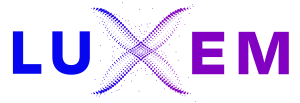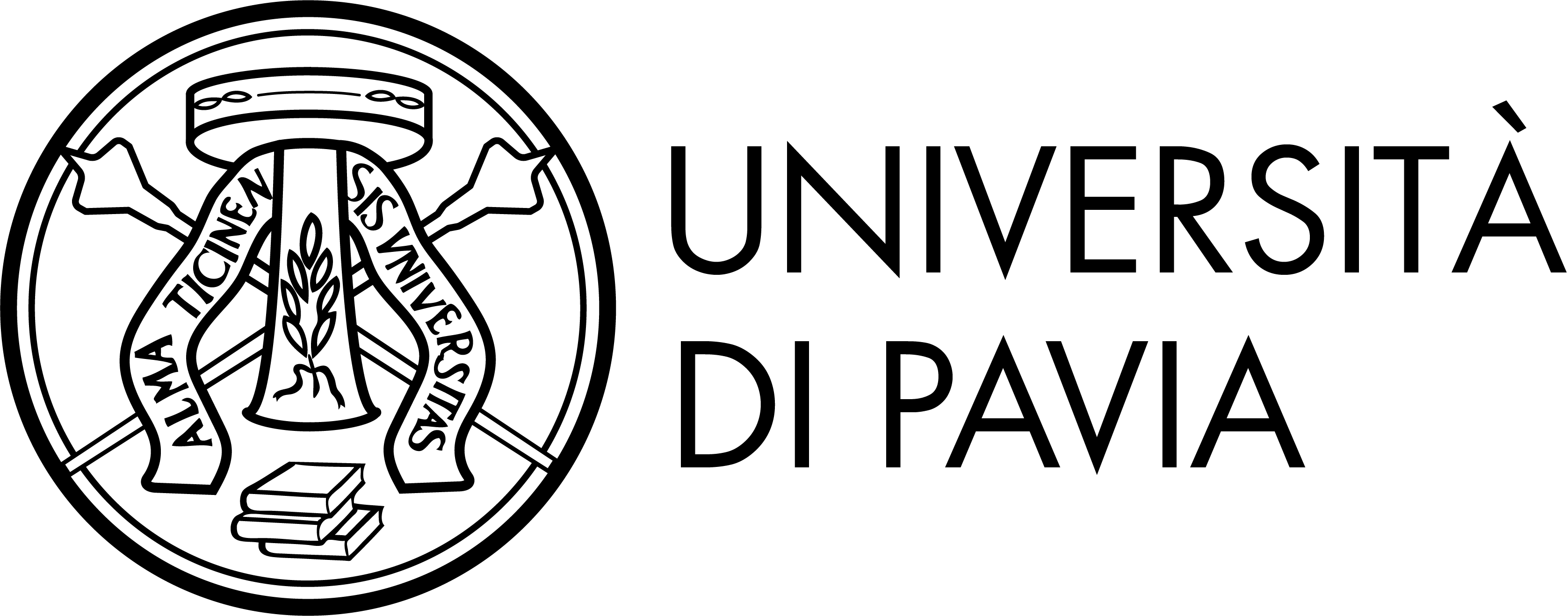Imaging nanomaterials functionality
in the ultrafast regime
OUR MISSION
The need for new smart materials with engineered functionalities activated by light pulses has motivated novel efficient design methods for energy storage, optoelectronics, sensing, and drug delivery applications, resulting in tremendous advances in materials science over only the past two decades. The design of such materials relies critically on the availability of accurate characterization tools of how light-induced function is related to their structural changes across nano-to-meso- length scales.
Two-dimensional (2D) superlattices of self-assembled ligand-capped nanoparticles (NPs) offer an effective route toward designing materials with a broad range of magnetic, electronic, optical, transport properties, spanning across dimensions from the nano- to the mesoscale. In these systems, the building blocks are nanoparticles which core composition can be ceramics, metals, oxides or even polymers, depending on required key properties of band structure, stiffness, magnetization, plasmonic response, or conductivity. The ligand molecules provide complementary key properties of solubility, assembly, or interaction with biological matter.
Complex 2D and 3D structures can be obtained by simply changing the polyhedral shape, symmetry, size, or chemical composition of the nanoparticle components. Ultimately, NP core and ligands size, shape, chemical composition, and large NP surface-to-volume ratio, crucially contribute in determining the special properties of these nano-engineered assemblies, which significantly differ from their bulk equivalent. Functional properties and collective responses can be triggered in these systems by external light excitations, to an extent that ultimately depends on the electronic/lattice structure of the superlattice.
Comprehending optical functionality in 2D superlattices is a demanding task, because it requires to directly observe the steps through which the interaction with light occurs. Another essential requirement is the possibility to disentangle the complex interplay between electronic and structural degrees of freedom across a broad range of length scales, from the superlattice’s individual building-blocks, to their longer-range arrangement.
The Laboratory for Ultrafast X-ray and Electron Microscopy (LUXEM) addresses these challenges by designing and successfully commissioning pioneering new coherent diffractive imaging and scattering methods, which integrate tabletop and facility X-rays with compact electrons pulsed sources. Harnessing the innovative techniques of speckle imaging and ptychography, where multiple diffraction patterns are processed by iterative algorithms to recover amplitude and phase images of sample and of the image-forming beam, it is possible to observe the response of materials to ultrashort light pulses during the very first moments of radiation-matter interaction, with resolutions down to a few millionths of a meter in space [Ångstrom-to-nanometer (10-10-10-9m)] and a few millionths of a billionth of a second [few femtoseconds (10-15s)] in time.
The implementation of these advanced methods leverages major experimental inventions in laser physics and in attosecond light pulses generation, recognized for their pioneering importance by the 2018 and 2023 Nobel Prizes in Physics. The purpose of the technology developed at LUXEM is under expansion to a larger stakeholders audience through the collaboration with strategic industry partners in X-ray high-quality optics fabrication, and detection of X-ray and electrons partially coherent beams.
OUR R&I GOALS:
- Understand the role of heterogeneity, interfaces, and disorder, in hybrid nanomaterials triggered by light pulses
- Master hierarchical architectures beyond equilibrium (e., in the ultrafast domain)
- Characterize structure-property relationships, while functionality occurs
- Correlate Micro-(structure, size, chemical composition) and Macro-scopic (optical, mechanical, thermal) properties
- Access simultaneously interacting cores & ligands: elements with significantly different atomic number, radiation cross-section and damage threshold
- Exploit advances in imaging capabilities across multiple length-scales, from a few Å to several µm
- Prototype new correlative experimental & analysis methods that can be made available to the public


